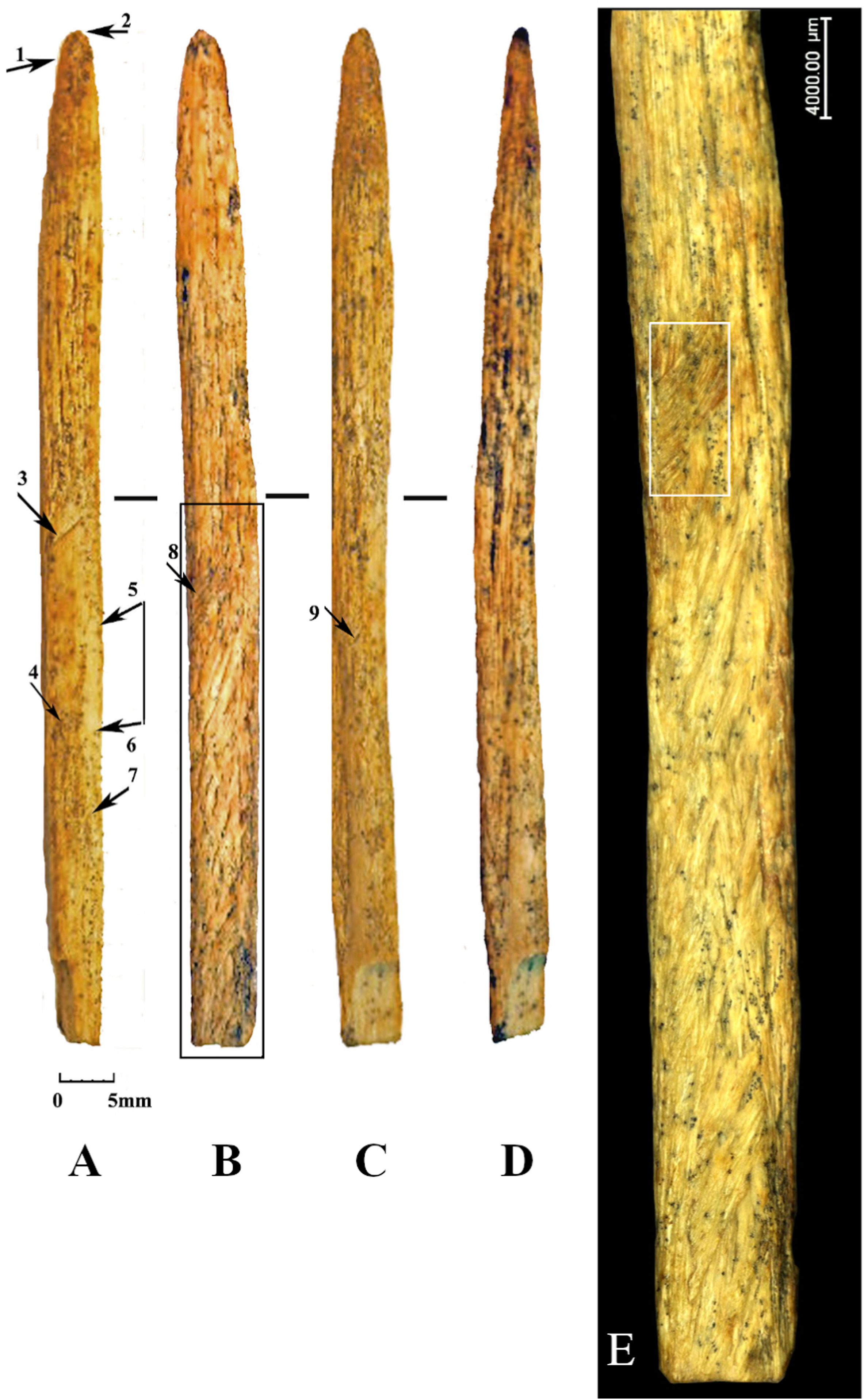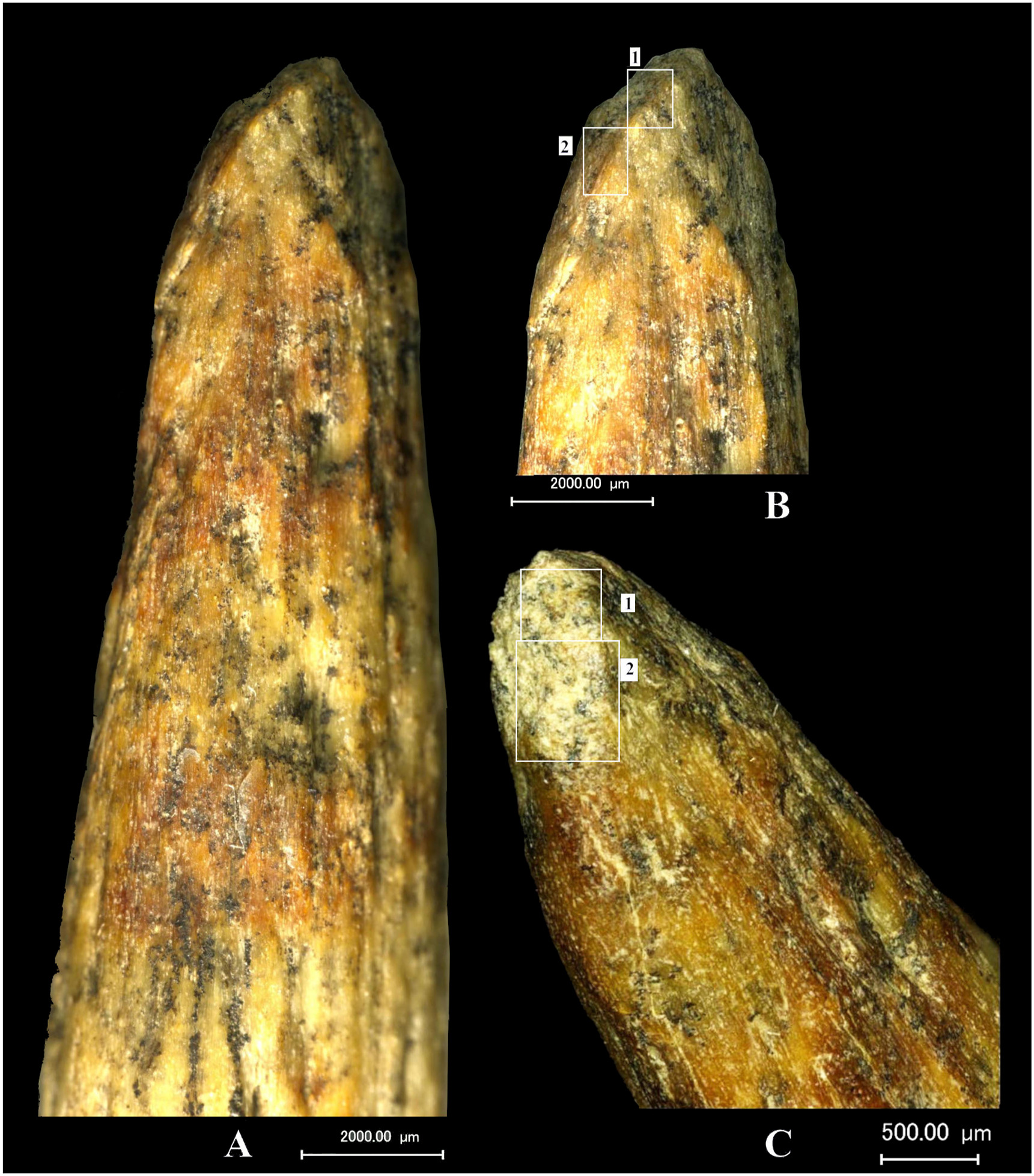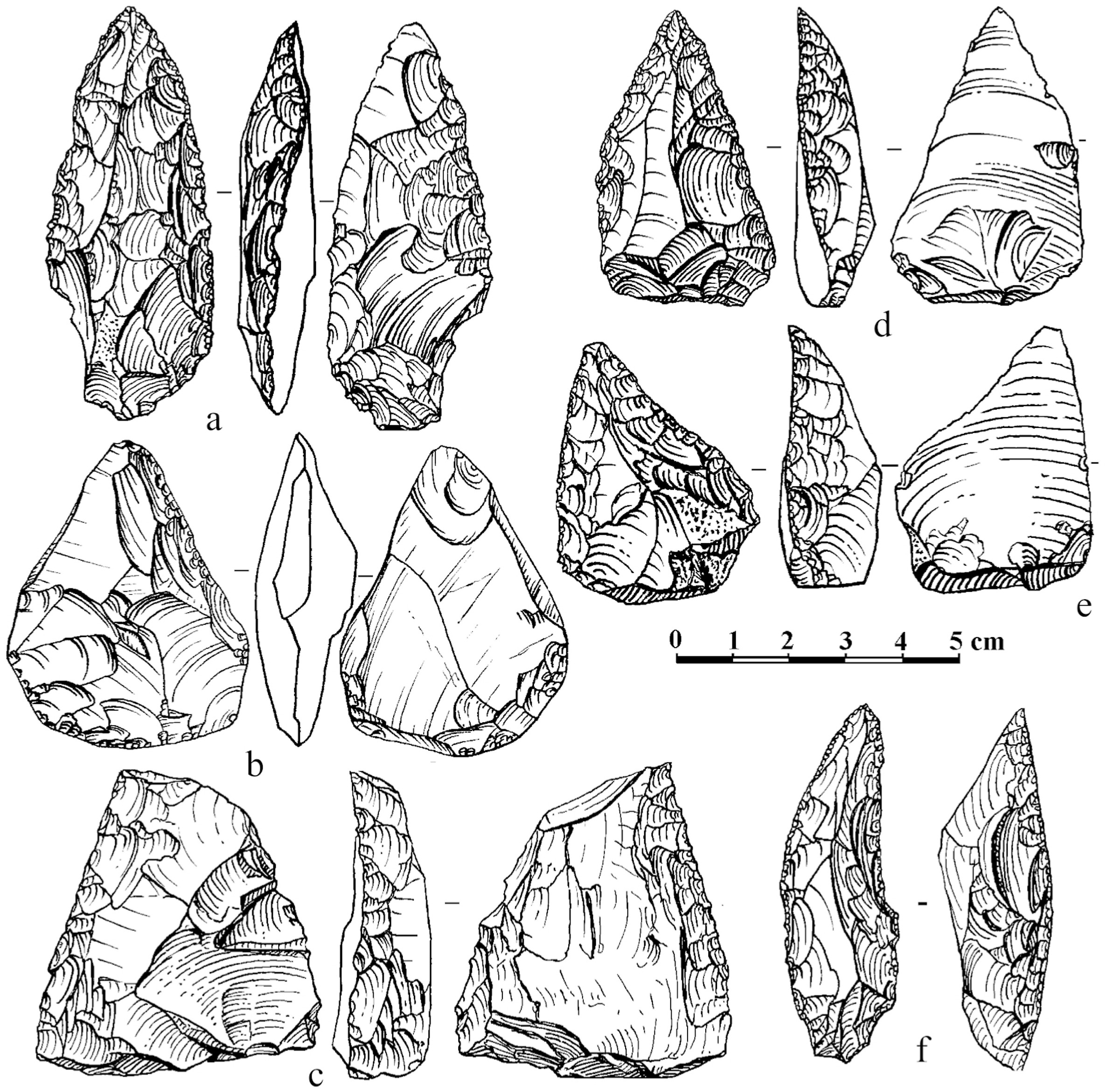Researchers have found that a spear tip carved from bone, unearthed from Russia in 2003, is as old as 80,000 years. This means the hunting weapon could not have been created by modern humans.
Homo sapiens didn't venture into Europe until about 45,000 years ago, so the most likely spear-wielders in this case were the Neanderthals (Homo neanderthalensis).
Although examples are still rare, it seems our ancient cousins had advanced their technologies beyond stone tools, using techniques that, until recently, had only been credited to our species.

The find was explored in a new paper from a team led by archeologist Liubov Golovanova of the Laboratory of Prehistory in Russia.
"The… specimen suggests that at least some groups of late Middle Paleolithic Neanderthals in Europe have started to develop bone-tipped hunting weapons," explain the authors.
"They made this invention independently and without influence from early Upper Paleolithic modern humans that started to arrive to the continent much later."
The spear tip joins a few other recent finds that demonstrate Neanderthals developed techniques specific to working with bone, such as scraping and flat cutting. These include a 50,000-year-old cache of bone tools from Siberia and 40,000-year-old leather-softening tools from Europe.

Bone tools as old as 400,000 years have also been found in Italy. This is about when Neanderthals first emerged, so it is possible this technology existed even before them.
But the level of craftsmanship of these really early bone tools is not as advanced as those found in Europe after modern humans arrived, Golovanova and team note.
The scarcity of Neanderthal bone tools, compared to stone ones, may be due to decay over time, without specific environmental conditions to preserve them.
The Mezmaiskaya Cave, where the spear tip was found amongst a variety of animal remains, stone tools and signs of a campfire, likely provided the conditions required for the bone's long-term preservation.

"The preservation of bones is exceptional at Mezmaiskaya Cave," the researchers write. "No evidence of weathering, chemical dissolution, sediment abrasion, root etching, or trampling have been observed on the specimen, indicating that post-depositional alteration or destruction did not affect the surfaces of the bone tool."
Golovanova and team identified cracks in the Neanderthal's bone spear tip during their analysis. These, as well as lack of wear, suggest the weapon had been used to successfully strike something soon after it was carved and bound to a wooden shaft using tar.
The bone was likely once part of a bison.
This research was published in the Journal of Archaeological Science.
